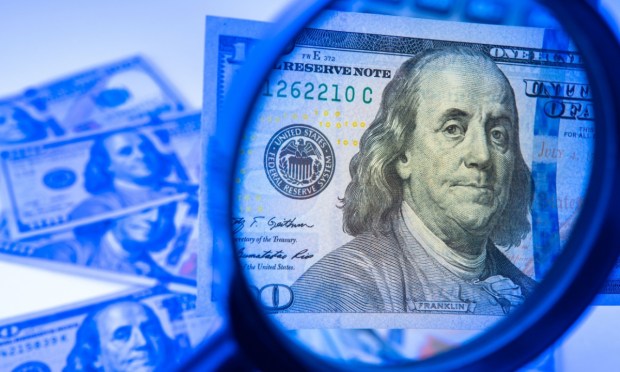
While we were all watching online fraud, social engineering and ransomware, an old school financial crime tactic is rearing its ugly head. Counterfeit banknotes are making a comeback back all over the world, exposing in-store merchants and restaurants to potential lost revenue.
The issue exists despite the migration from cash to digital payments since the pandemic.
In a report issued last week, the U.S. Secret Service reported seizing $22 million in banknotes in 2023, resulting in 197 arrests. The Service, which is also tasked with protecting senior government leaders, attributed the stubborn presence of the problem to readily available sophisticated scanning and printing devices, as well as adoption of the dollar as the legal tender for foreign governments. That issue has been identified as a key culprit in several other countries as well.
“Technology advancements have made it possible for currencies to be duplicated to the point that it is difficult to distinguish between them,” stated a recent paper from a team of Indian academics studying solutions to the counterfeiting issue. “Modern editing tools and cutting-edge printers are used to create counterfeit money. False currency can easily be bundled with legitimate currency, which is the case in the majority of the world.”
A look at other markets shows radical differences in the amount of counterfeit bills in circulation. In the U.K., the Bank of England claimed counterfeit bills represented less than 1% of all currency. It attributed its success to a combination of factors such as the introduction new paper designs and a successful enforcement of the general move to electronic payments. In the EU, the use of fake notes and coins were up by 16% and 22% in 2023 compared with 2022.
In the U.S., which still has up to $70 million of counterfeit cash in circulation, the government is leaning on education as well as enforcement.
The Secret Service has set up resources for businesses to identify fake bills, turn them in and alert the authorities. The U.S. Currency Education Program and the Secret Service have resources that explain the security features seen on each bill and other ways to detect if a bill is fake.
In terms of legal exposure, retailers and restaurant owners are only at risk if they willingly accept and then use known counterfeit bills. Unfortunately, there’s minimal recourse for lost revenue if a business is a victim of counterfeiting.
“Sadly, there is little immediate relief for the person who ends up with funny money, and who then reports it so as to comply with counterfeit money laws,” said a recent San Francisco Chronicle article catering to small business.
“The government does not replace your money with a genuine bill during an investigation, so your primary options to recoup losses are insurance policies. If you do not have an insurance policy that covers the receipt of fake dollars, your business must absorb the loss,” the publication wrote.
What to do about counterfeiting? Like everything in the world of finance these days, part of the answer lies in artificial intelligence.
The aforementioned Indian team has been developing AI that can recognize and differentiate between real and counterfeit banknotes. Instead of relying on older methods that use special hardware and image analysis, which are less effective and more cumbersome, this new approach learns from pictures of currency.
By teaching this system using a large collection of images of both genuine and fake banknotes, it learns to pick up on the subtle differences between them. It’s trained with a dataset containing images of 2,000 different banknotes, helping it learn the unique features of each type of currency. Once it knows what to look for, it can quickly and accurately spot counterfeit money in real time, without the need for humans to manually check the notes’ details.
According to the team’s report, the methodology tested at a 99% effective rate, creating the potential for AI to become an effective detection strategy.
“It is very challenging for the human eye to tell phony notes from genuine ones since they are expertly designed to look similar,” the report said. “As a result, a system that determines whether a note is real or false needs to be put in place at banks.”